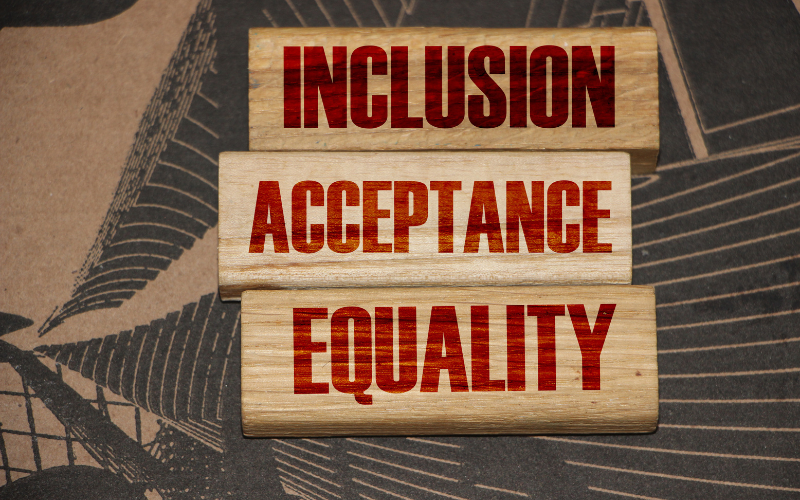How do you measure your social impact? According to Heidi Fisher, a speaker, author and advocate for change, if you are a business, it’s through your Social, Environmental, Economic and Technical influence on society.
Fisher is the founder of Make An Impact CIC, an award-winning social enterprise and social impact specialist and social entrepreneur. Speaking at the Women in IT Summit UK, 2022, she explained the importance of integrating impact into strategy and work, using different monitoring and measuring methods.
But, first, businesses need to understand what is meant by social, economic, environmental and technical impact.
Social impact is about teaching skills, improving, supporting the community, knowledge, awareness and improving skills. Globally, ‘it’s about people and the difference you make in people’s lives.
The economic impact is about training, creating jobs, improving local activity and creating training skills. It’s about improving people’s skills, giving them better qualifications to potentially earn more money.
The environmental impact is the ecological footprint, the circular economy, and sustainability. And then, the technological impact is using technology to work better.
As an advocate for change, Fisher explained why companies need to be strategic and understand how impact makes business sense. She highlighted the benefits of different types of action and shared direct results from the companies she has coached.
A social impact strategy can reduce staff turnover by 50%; increase staff performance by 13%; be four times more likely to be innovation leaders; 65% of consumers are willing to pay more; share price increases by an average of 2%, and 88% of employees want to work for a company with purpose.
If your company wants to have more impact, here are the key steps DiversityQ took from the Fisher’s session:
Step 1: Be clear about how impact relates to your business strategy
To identify how impact relates to your business strategy, here are some questions to ask at the outset: Which part of the business strategy are you assessing? What is the link to the impact? What do you want to achieve by thinking about the impact on your organisation or team? Is it employee engagement, increased revenue and profitability or a positive perception from your customers? Is it about brand awareness or a positive reputation? Also, ask if it is about increasing the overall value of your business.
Take your time to make a clear audit, as the answers will help you define the direction to take and the first basis of your work plan.
Step 2: Create a core team
Once you know what you want to do and where you want to go, it is important to identify a team of people who will lead the development of your impact initiatives. Firstly, you need to find investors to make a real impact because sometimes change requires money.
Secondly, you can’t do it alone. If only one voice in your organisation talks about impact, it won’t be easy. To be effective, find two or three other people who can be part of that review team to make sure things get done.
Step 3: Decide how you will make an impact
Knowing your direction is good, but you need to define how you will achieve your goals. Again, there are different options.
Will your profits be donated to an organisation, or have you decided to offer philanthropic programmes? This could be volunteering, mentoring, donating money, time, equipment, resources or expertise.
If you are thinking about operational effectiveness, look at staff diversity, wellbeing and mental health. Overall, it’s about giving people options or flexibility in how they work and paying them fairly.
If you decide to go for ethical responsibility, perhaps you can use ethical banking and green portfolios. At this stage, it’s about being credible, not just making false claims, but putting the right policies in place and working with partners who match your values.
To have an impact, you can go further and also work on transforming the business model. This is not just about communication but also about having something in the organisation’s governance documents to show that, in fact, purpose and impact are equal to profit. This choice implies a complete change in the company’s purpose.
Step 4: What are you already doing?
When you are ready to lead change, you do not need to start from scratch. The audit you have done to get a clear picture of your direction will give you a vision of what you are already doing and what needs to be improved. This could be fundraising, volunteering, recycling, ethical purchasing, or employee welfare.
Step 5: Set targets
You have defined a strategy and found the team to help you; now, it is time to set clear objectives. To be effective, organisations that want to focus on a more specific goal need to think about how they can measure their impact.
This means putting systems in place and deciding what is important to look at in terms of impact. This can be assessed with the support of reports or documents that promote what has already been achieved.
Here are some tools that will help set targets: raise awareness in the company; involve employees in developing your policy; get input from other stakeholders; note where you want to be in three years; link to business strategy KPIs and set a launch date.
Step 6: Lunch the policy (marketing)
You have prepared your objectives well, and everything is framed by quantified expectations. Now, it is important to communicate internally and externally about the good work you are doing.
Step 7: Measure and evaluate
When it comes to impact, many employees recognise their company’s good intentions, but they don’t know how to prove whether they are impactful. To ensure you are on the right track, focus on measurements with clear data and surveys. Measure two or three things and focus on the results of the key performance indicators.
Gather helpful information through case studies or stories and feedback so that you don’t become a full-time data entry person but use the feedback to correct what is wrong. Remember that you are not a full-time data collector; it is about making things as easy as possible. And the most important tip is to be consistent!









